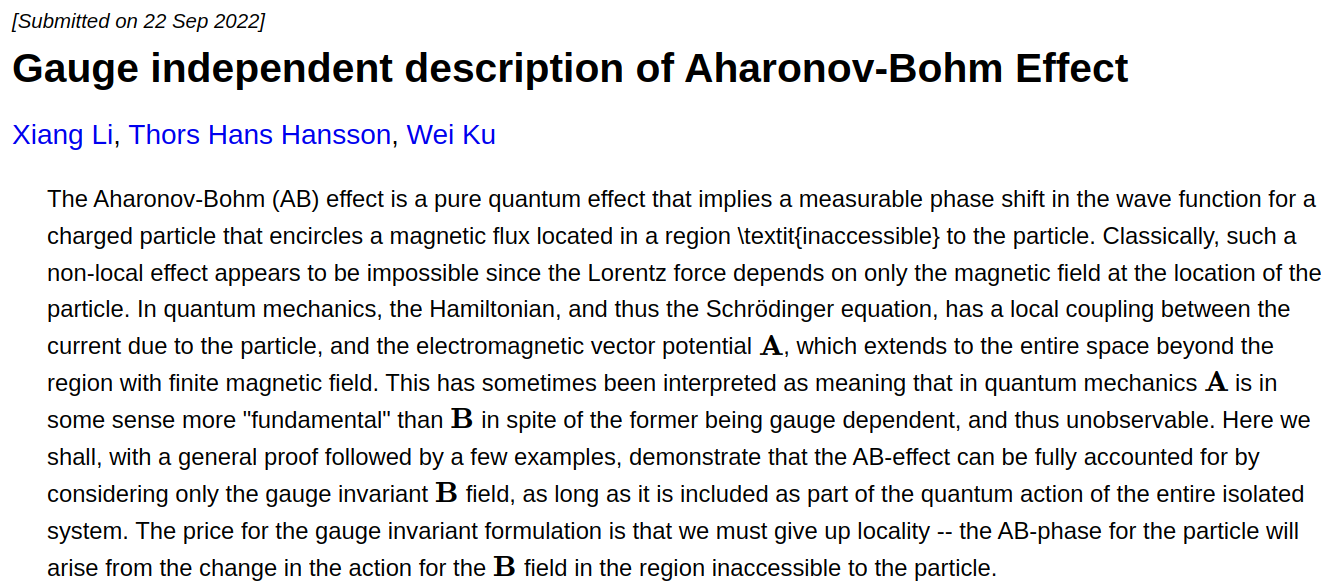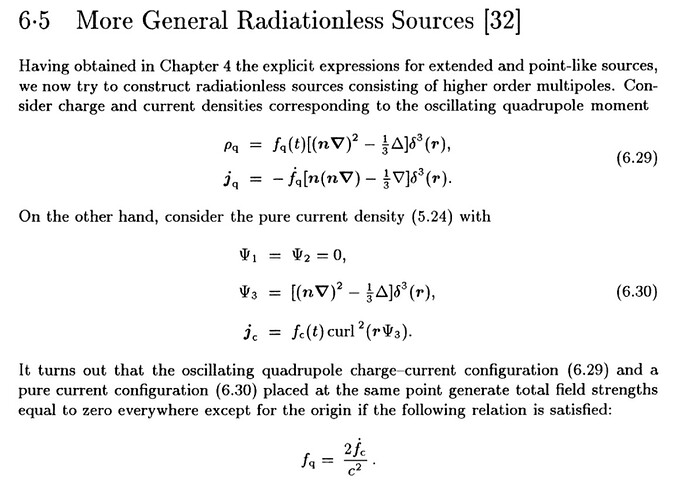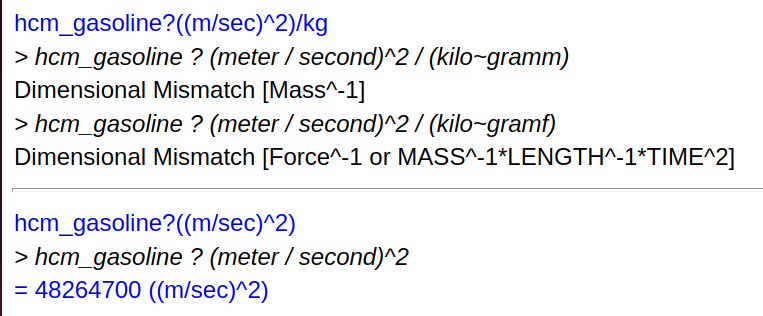The great challenge facing physics today is the inability to combine Quantum Theory (which applies to the very small) with General Relativity (which applies to the very large). The search for a combined Theory of Everything has been a decades-long failure. Is it possible that this failure may be due to an inadequacy in General Relativity, despite its many successes?
Einstein developed General Relativity in 1915, making the prediction that light would be bent when passing massive objects – gravitational lensing, as it is called today. Einstein hypothesized that space and time (two obviously very different things) were united mathematically into a 4-dimensional space-time which became distorted in the presence of mass – thus light travelling at constant speed would be bent when passing the Sun. This prediction was confirmed in 1919 by Eddington’s observations of star positions during a total eclipse – and General Relativity became accepted wisdom.
However, gadfly physicist Alexander Unzicker points out that Einstein had four years earlier in 1911 proposed a different, much simpler hypothesis which led to a similar prediction. Einstein’s 1911 hypothesis was that the speed of light in a vacuum is not constant, but drops in the presence of a gravitational field.
The oft-stated concept that the speed of light is constant for all observers applies only in a vacuum. The reason rays of light bend when passing through a lens is that light slows down in glass. Analogously, if light slows down in the presence of a gravitational field, it would change direction slightly, similar to the more complex theory of General Relativity.
Unzicker adopts the reasonable approach that simpler explanations in physics should generally be preferred to complex ones, and wonders why Einstein’s simpler 1911 hypothesis has been forgotten. The story turns out to have some complexities, such as an oversight in Einstein’s 1911 paper. In 1957, Robert Dicke – the physicist who predicted Cosmic Microwave Background radiation but was overlooked for the associated Nobel prize – picked up Einstein’s 1911 idea and fixed the oversight; but there the matter has languished.
Would it matter if the complex 4-Dimensional General Relativity theory were replaced by a simpler hypothesis? Well, the assumed size of the Universe would change, and much of the steam would go out of the Dark Matter/Dark Energy hypothesis. However, Unzicker sees that herd behavior places immense barriers to the open evaluation of competing ideas in modern science, as is obvious from the ClimateScam and the CovidScam.
Unzicker has some You-Tube videos on this, but personally I do not find him to be a clear exponent of the theory. He has written a more comprehensible (but still not entirely clear) book on the topic: “Einstein’s Lost Key: How We Overlooked the Best Idea of the 20th Century”, ISBN 978-1519473431, 235 pages (2022). A translation of Einstein’s 1911 paper is available on-line from Princeton, “On the Influence of Gravitation on the Propagation of Light”:
Volume 3: The Swiss Years: Writings 1909-1911 (English translation supplement) Page 379 (393 of 452) (princeton.edu)







